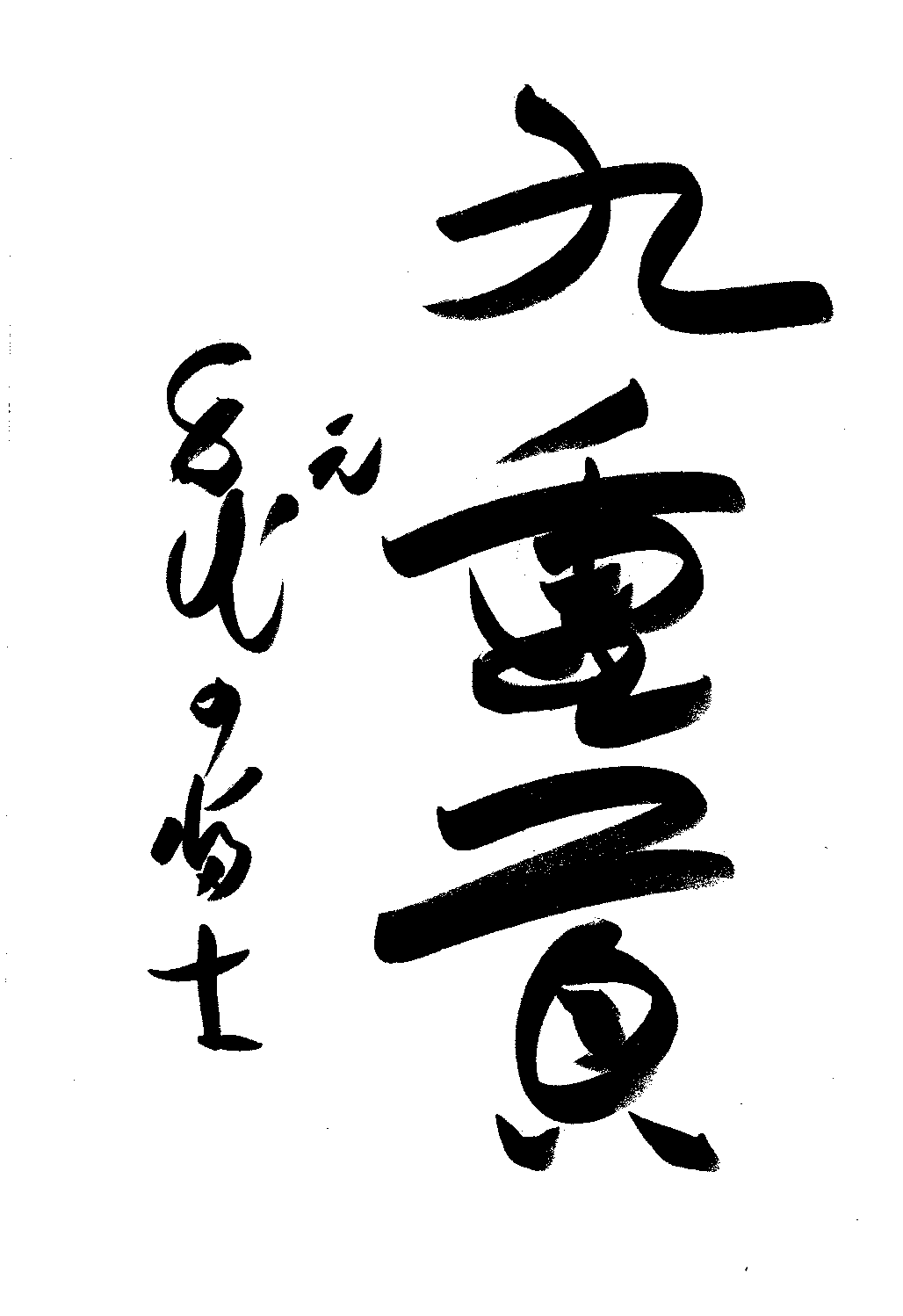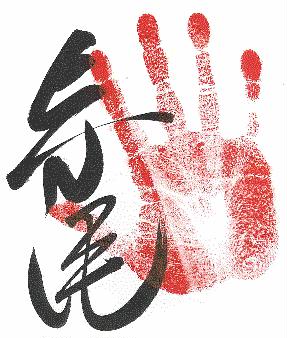| HOME |  |
| HOME |  |
| History
Sumo is an ancient sport dating back some 1500 years. Its origins were
religious. The first sumo matches were a form of ritual dedicated to the
gods with prayers for a bountiful harvest and were performed together with
sacred dancing and dramas within the precincts of the shrines. In the 8th
century sumo was introduced into the ceremonies of the Imperial Court (Nara
Period). Early Sumo was a rough-and-tumble affair combining elements of
boxing and wrestling with few or no holds barred. But under the continued
patronage of the Imperial Court rules were formulated and techniques developed
so that it came more nearly to resemble the sumo of today. Sumo, quite
naturally, was regarded chiefly for its military usefulness and as a means
of increasing the efficiency of the fighting men. Later in the hands of
the samurai, juijitsu was developed as an offshoot of sumo. Peace was finally
restored when the different warring factions were united under the Tokugawa
Shogunate in 1603. Professional sumo groups were organized to entertain
the rapidly expanding plebian class and sumo came into its own as the national
sport of Japan. The present Japan Sumo Association has its origins in these
groups first formed in the Edo Period.
Rules
The sumo ring is called the dohyo and takes its name from the straw
rice bag which mark out its different parts. The greater portion of each
bale is firmly buried in the earth. The dohyo is 18 feet square and 2 feet
high and is constructed of a special kind of clay. The hard surface is
covered with a thin layer of sand. The bout is confined to an inner circle
a little over 15 feet in diameter. Over the dohyo suspended from the ceiling
by cables is a roof resembling a Shinto shrine with four giant tassels
hanging from each corner to signify the seasons of the year.
Hierarchy
There are at present about 800 rikishi in professional sumo from the lowly
trainee to the yokozuna at the top. After each Grand Tournament the banzuke
(ranking) are revised rikishi being either promoted depending on their
performance during the fifteen days. A new official banzuke is issued by
the Nihon Sumo Kyokai printed in an ancient, stylized calligraphy. The
rikishi are first arbitrarily devided into east and west teams although
they do not compete as teams nor is a rikish from one team necessarily
matched against one of the other. Heading the banzuke in large, bold characters
are the names of the upper division rikishi, the maku-uchi. The maku-uchi
group includes the five top ranks: Maegashira 15 - 1, Komusubi, Sekiwake,
Ozeki and Yokozuna.
Ceremony
Sumo has managed to survive with its formalized ritual and traditional
etiquette intact making it unique among sports.
The Salary To
define the exact income of a Rikishi is difficult because the Rikishi receives
an amount of money of his sponsor after a won bout. In the same way the
shukunsho, the kantosho and the ginosho are connected with a value. Together
with this unregular contributions the Rikishi draw a fixed salary each
month, dependent on their ranking.
The Beginning... For the match the rikishi are naked except for a silken loincloth called the mawashi. Made of heavy silk approximately 10 yards long by 2 feet wide. It is folded in six and then wrapped around the waist from four to seven times depending on the girth of the rikishi. The mawashi is a fundamental part of the rikishi's equipment. It may be said to have determined the whole form of sumo. There are seventy winning tricks most of which are achieved by maneuvering the opponent with a grip on the mawashi. The strings hanging from the front are of silk stiffened with glue and as they are purely ornamental can be discarded when they become detached as they frequently do in the course of a match. After entering the dohyo each rikishi goes through a series of symbolic movement. To cleanse his mind and body, he symbolically rinses his mouth with water, the source of purity, and wipes his body with a paper towel. Certain motions are repeated from the yokozuna's dohyo-iri, the raising of the arms to the side as well as the stamping of feet. Each rikishi also scatters a handful of salt to purify the ring. This is further supposed to insure him against injuries. The salt-throwing is, however, the privilege only of maku-uchi, juryo and maku-shita rikishi. The rikishi then squat and face each other in the center of the ring, crouch forward in a "get set" position supporting themselves with their fists on the ground and proceed to glare fiercely at each other. This portion of the ritual is called the shikiri. They do not begin the match at once, however, but engage in a kind of "cold warfare." They go back to their corners for more salt, scatter it and return to glare. They repeat the process again and again, usually for the full four minutes allowed by the rules. In early sumo the start of a match could be delayed indefinitely. A ten minute limit was first introduced in 1928, later reduced to seven, then to five down to the present four minutes. The bout, itself, is usually over in a matter of minutes, in less time than it took for warming up, but for the sumo aficionado those brief moments are packed with thrills. |
Heya:
|

Original Signature
|
Heya:
|

Original Signature
|

Original handprint of Terao |
Heya:
|
| A | - |
| B | Banzuke: The official listing of rank in ozumo. |
| C | - |
| D | Danpatsu-shiki: A rikishi's retirement ceremony in which his
top knot is formally removed.
Dohyo: The sumo ring. Made of packed clay, it consists of a square platform with a circle made of dirt-packed straw bales bedded in its surface. The dohyo is between 34 and 60 cm. in height and the diameter of the inner circle is 4.55 m. Dohyo-iri: The formal ring entering ceremony performed by members of the top two divisions in ozumo. |
| E | - |
| F | - |
| G | Gino-sho: The Technique Prize. This prize is given to a rikishi
in the top division ranked below ozeki who demonstrates outstanding technique
over the course of a given "basho" or tournament.
Gyoji: The referees. There are eight ranks in this profession, with promotion based on a combination of seniority and competence. Each gyoji will take one of two "clan" names as his family name; Kimura or Shikimori. |
| H | - |
| I | - |
| J | Jonidan: The second division from the bottom on the banzuke
or official listing of rank.
Jonokuchi: The lowest division on the banzuke or official listing of rank. Juryo: The second highest division on the banzuke or official listing of rank. Juryo is the first division in which rikishi receive all the privileges and honors that come with being a member of ozumo's elite, "sekitori" class. |
| K | Kanto-sho: The Fighting Spirit Prize. This prize is given to
a rikishi in the top division ranked below ozeki who demonstrates the most
fighting spirit over the course of a given "basho" or tournament.
Kesho-mawashi: The ceremonial apron worn by rikishi in the top two divisions during their dohyo-iri or ring entering ceremony. Komusubi: The fourth highest position on the banzuke or official listing of rank. |
| L | - |
| M | Maegashira: Indicates a rikishi in the top, Makunouchi division
competing below that division's elite, top four ranks.
Mage: The top knot worn by rikishi. The top knot is shaped into two different hair styles. The first, the chonmage, is worn by all rikishi. The second, the o-icho, is worn by members of the top two divisions when they compete and on other formal occasions. Makushita: The fourth division from the bottom on the banzuke or official listing of rank. Makunouchi: The top division on the banzuke or offical listing of rank. Mawashi: The loincloth like garment worn by rikishi when they train or compete. |
| N | - |
| O | O-icho: The more formal hair style worn by rikishi in the top
two divisions when they compete and on other formal occasions.
Ozeki: The second highest rank in ozumo. |
| P | - |
| Q | - |
| R | Rikishi: Literally, "a gentleman of strength". This is the term used to indicate a competitor registered with The Nihon Sumo Kyokai. |
| S | Sandanme: The third division from the bottom on the banzuke
or official listing of rank.
Sanyaku: The term originally used to indicate the three ranks of komusubi, sekiwake and ozeki. Today, the term is usually used in reference to the komusubi and sekiwake only. Sechie-zumo: Sumo performed at the ancient Japanese imperial court as both a religious function and a form of entertainment. Sekiwake: The third highest position on the banzuke or official listing of rank. Shikiri: The toeing-the-mark ritual that precedes the start of every bout in sumo. Shikona: Ring or stage name of the rikishi. Shukun-sho: The Outstanding Performance Award. This prize is given to a rikishi in the top division ranked below ozeki who defeats the most yokozuna or ozeki over the course of a given "basho" or tournament. |
| T | Tachimochi: The yokozuna's sword bearer during his dohyo-iri
or ring entering ceremony.
Tate-gyoji: The highest ranked gyoji or referees in ozumo. They will hold one of two names; Shikimori Inosuke or Kimura Shonosuke. Toshiyori: A term used to refer to the retired rikishi who remain in ozumo as managerial employees of the Nihon Sumo Kyokai. They are more commonly refered to as "oyakata" and their most important function is the training and education of rikishi. Tsuyuharai: Serves as the "usher" of the yokozuna during his dohyo-iri or ring entering ceremony. |
| U | - |
| V | - |
| W | - |
| X | - |
| Y | Yokozuna: The highest position on the banzuke or official listing
of rank, the yokozuna are often referred to as the living symbols of sumo.
Yumitori-shiki: The bow twirling ceremony performed at the end of every tournament day. |
| Z | - |
| HOME |  |